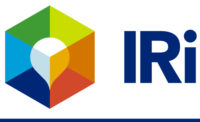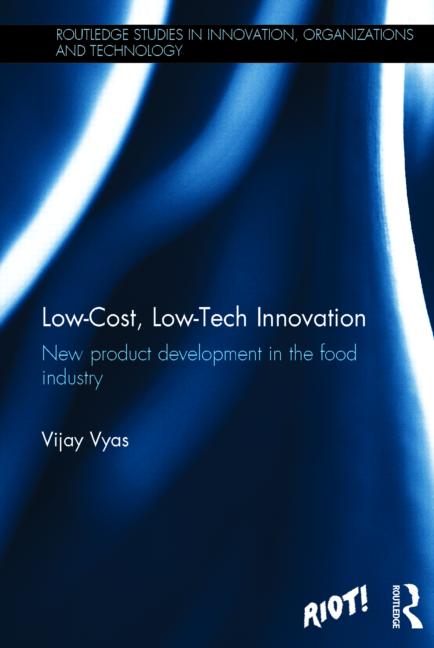Public Interest in Private
Private label strategies are evolving from offering value and tiered product ranges to meeting a greater variety of consumer needs.

Private label strategies are evolving from offering value and tiered product ranges to meeting a greater variety of consumer needs. This report tracks the latest evolution of private label strategies and their impact on retailer and manufacturer strategies, from mature private label markets in Western Europe and North America to the emerging markets in Asia and Latin America. In particular, the report provides details on private label development in packaged food.
Private labels have evolved beyond a "good, better, best" offering to target a greater number of consumer needs and price points. Meanwhile, private labels are also gaining ground in emerging markets, as multinational retailers adapt their best practices to the fastest-growing food markets worldwide. Development is key as marketers need to react to these trends or risk losing ground competitively.
Private labels have improved their targeting of specific consumer needs; in more developed markets, "value" is giving way to "quality" and retailers are adjusting their portfolios to enlarge and rebrand standard private labels. Meanwhile, in emerging markets, retail consolidation and the entry of multinational retailers into developing countries is driving private label penetration.
B brands are being squeezed by A brands and premium private label from above and from below by a whole portfolio of private labels, ranging from value and discount brands through to diverse niche and targeted private labels.
Multinational retailer expansion is accelerating the pace of private label penetration and manufacturers need to account for this in their strategic planning.
B brands face the choice of either shifting aggressively to improve operational efficiency, or shifting to niche and premium sectors in which private labels can struggle to express a unique brand identity and set of brand values.
This report forecasts that a new band of countries will enter the "maturing" phase of private label penetration when the squeeze on B brands really takes hold. These include Argentina, Poland, China, and South Korea.
Retailers have to work out how to evolve their portfolios as consumer expectations change. Manufacturers meanwhile have a much deeper strategic challenge about how they work with retailers in the future and what that means for their innovation programs.
Spain and the UK lead private label, with a penetration rate of nearly half the grocery market. At the other end of the scale, Indonesia, Egypt and China all have private label penetration at less than 5%, with some countries having virtually no private labels. However, across all channels, private label in food remains low; the highest penetration region is Western Europe, where private label accounts for a 14.7% market share by value.
Retailers are placing a greater focus on aligning private label ranges with shopper missions, such as through products that are exotic and nutritious, those which all fit under a specific calorie count, or the fast importation of restaurant trends into meal ranges.
The most effective strategies to adopt depend on the brand in question, and the maturity of private label competitors in the sector and country in which the brand is competing. Private label strategies are evolving from offering value and tiered product ranges to meeting a greater variety of consumer needs. This report tracks the latest evolution of private label strategies and their impact on retailer and manufacturer strategies, from mature private label markets in Western Europe and North America to the emerging markets in Asia and Latin America. In particular, the report provides details on private label development in packaged food.
Looking for a reprint of this article?
From high-res PDFs to custom plaques, order your copy today!








